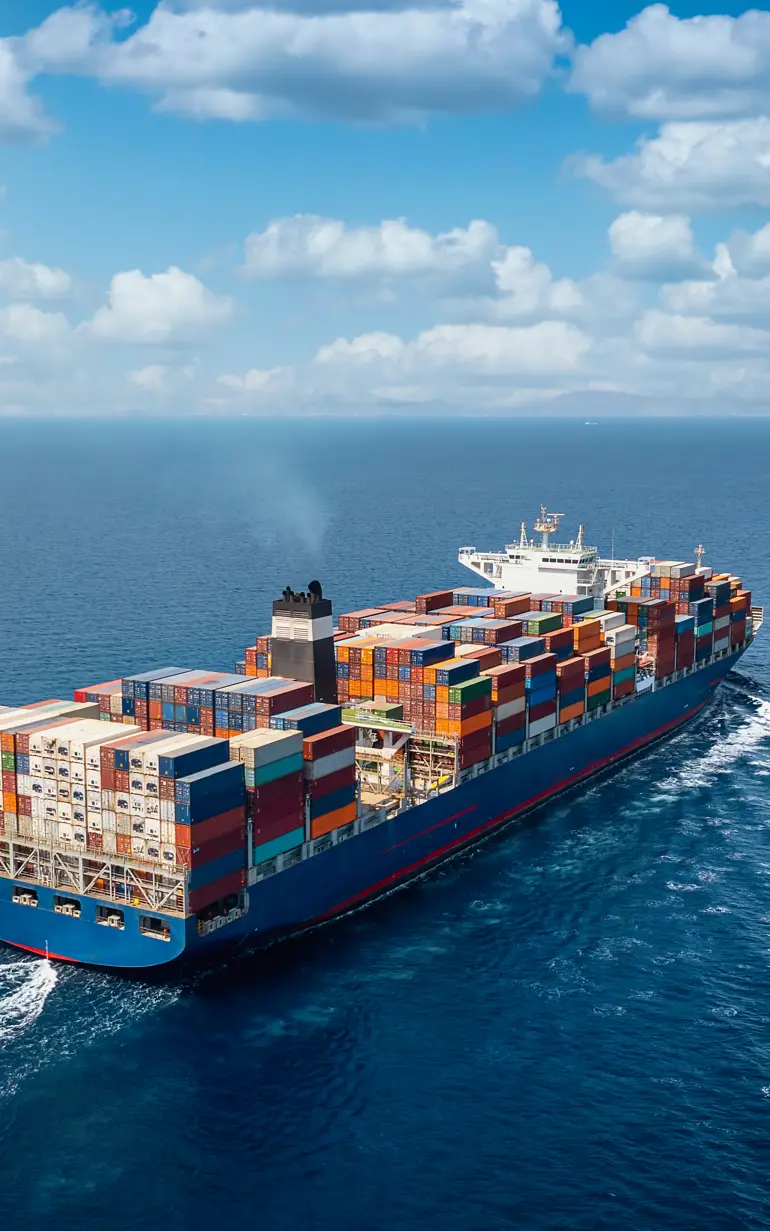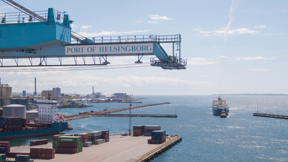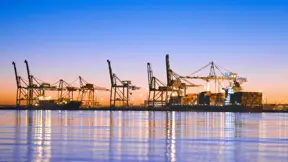
Current Sea API: Optimise vessel route planning and reduce fuel use by up to 5%
Are you tired of high fuel expenses impacting your bottom line? Fuel costs can account for up to 50% of marine transportation expenses, and factors like vessel speed and marine biofouling can significantly contribute to this burden.
How we can help
With Current Sea API, our current and biofouling database, you can optimise vessel fuel use 24/7 and reduce consumption by up to 5%. Our subscription-based service provides you with high-quality ocean current data up to five days in advance, enabling you to identify the most optimal vessel routes.
Key application areas
Current Sea API can be used to:
- Optimise your route planning to reduce fuel consumption and operational costs
- Plan your arrival times at ports with accuracy, allowing for better scheduling and operational efficiency
- Predict the extent of biofouling on ship hulls, enabling proactive planning for diver inspections and timely hull cleaning services
'DS Norden uses DHI Current Sea API and after having tried other providers, it is our clear perception that we get current data of very high quality from DHI. The regionally high resolution and the fact that the tidal component of the ocean currents is included are important factors for us. The API concept is used to extract current data at positions along the vessels routes. Since we operate globally and not on predefined routes, the API concept fits our needs perfectly.'
Peter Sinding, Head of Fuel Efficiency
DS Norden
Get started
With Current Sea API, both current data and biofouling data are conveniently delivered through a subscription to our user-friendly Application Programming Interface (API). There's no need for any additional hardware or software installation, saving you time and resources. Seamlessly integrate our API into your existing systems and start benefiting from the wealth of information at your fingertips.
You may also like
How can we help?
With our global network of offices, we make sure you get the right answers to your local needs. Tell us about your water challenges and we will get back to you.


